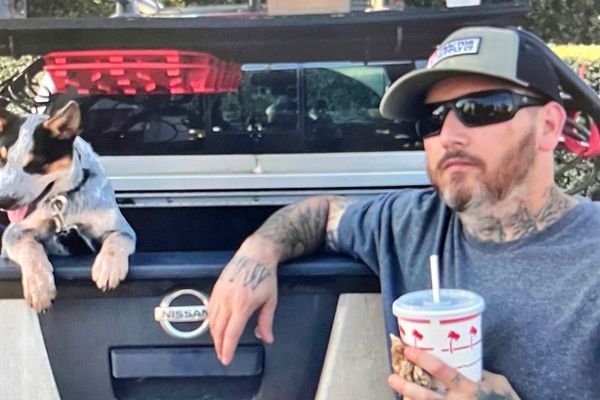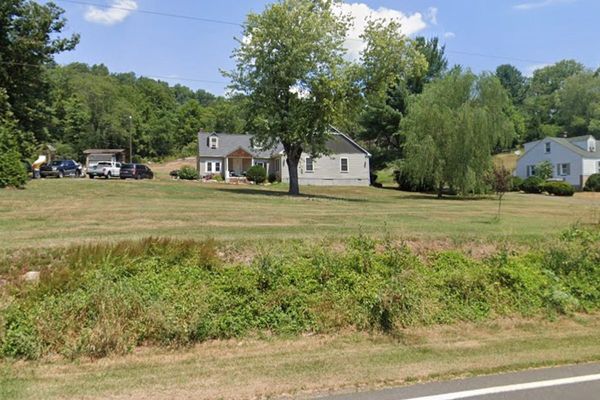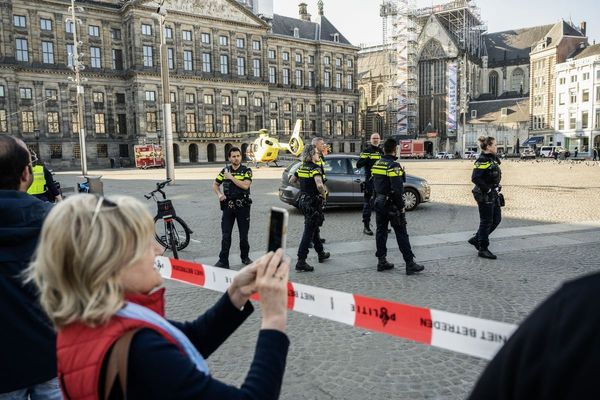
A tool for planning and managing cities of the future as well as energy use and environmental monitoring has been spun out of a CSIRO lab.
Geospatial tech startup Terria launched on Wednesday with the backing of $1 billion deep-tech investment fund Main Sequence.
Terria's development dates back 10 years to when the first open-data, open-source Australian government platforms were made available.
"But you need to move from technology and experimentation to a scalable system that can reach more people, more easily," Terria co-founder and chief executive Ana Belgun told AAP.

"We want to welcome users who would not otherwise have the technical skills ... not everyone is a developer using software, even if it is open source," she said.
The user-friendly platform's digital representation of buildings, roads and other infrastructure can be overlaid with data on the natural environment and near real-time information on traffic, air pollution or population forecasts.
"A digital twin will help not just the cities of the future, but also regions, with simulations of future scenarios - what happens if we have a flood, what happens if climate impacts our population," she explained.
Renewable energy developments, for example, can be mapped for their impact - positive and negative - so communities could better understand them, Ms Belgun said.
Some $3 million in seed funding would power the next phase, she added, with $50 billion growth in the geospatial data market predicted in the next three years alone.
Mike Nicholls, partner at Main Sequence, said he first saw Terria a few years ago in the CSIRO Data61 mixed reality lab in Canberra, where manufacturers and other industries can create virtual replicas of physical objects.
He quickly realised Terria had solved a major mapping and data problem - how to catalogue, visualise and analyse all the natural and built data in a given location.

"A typical city street has thousands of data sets and plans for buildings, streets, footpaths, electricity, water, sewage, telecommunications, parks, stations, transport, planning and the natural environment," Mr Nicholls said.
"Terria can bring all that data together integrating 80 different formats and visualise this on one map."
Elanor Huntington, CSIRO's digital, national facilities and collections executive director, said the national science agency existed to foster Australian ideas and to help take innovation out into the world.
"It is very exciting to watch research turn into technology with real-world impact, and in this case, to form the foundation of a new stand-alone company," Prof Huntington said.







